Book Ads - A Simple Guide to Sell More Copies on AmazonYou can significantly increase the sales of any book on Amazon if you run online book ads. This simple guide shows you how to get started with the three main types of book ads: Amazon AMS, Facebook, and BookBub display. Download my FREE guide for marketing a bestseller Amazon book adsOnce you publish your book on Amazon, you can start running ads for it directly on the Amazon platform. These are known as AMS ads, for Amazon Marketing Services. Two major types are available, Sponsored Product and Product Display. Each type has various targeting options. An example of Amazon book ads: You can run AMS ads for any book published via Amazon's self-publishing platform, KDP (Kindle Direct Publishing). Check out this Amazon ads video tutorial I made for beginners: Amazon book ads tutorialWhen to run Amazon book adsDo you have a book you're about to release on Amazon? If it performs well while a new release, Amazon's recommendation algorithm may take notice and start automatically recommending your book to many target readers for free. Thus, heavily advertising your book as soon as it comes out is a great strategy. Running Amazon ads is often a key part of a successful book launch strategy, along with promotions via email and social media. Ads aren't just for launch promotion. If a campaign is performing well on Amazon, you can keep it running after release week. You may have a book you've published months, if not years, ago. An Amazon ads campaign can give it a sales boost. Running Amazon ads yourself vs. hiring a professionalIf you'd like to run ads yourself, I recommend you use the Publisher Rocket tool. You can quickly compile a large list of relevant keywords, which you can upload to your Amazon ads account, for campaign targeting. Though Publisher Rocket can significantly reduce the time needed to set up a campaign, if you're going to run your own ads, you'll still need to consistently log into the Amazon advertising platform to monitor performance and make adjustments. This can take up a lot of time. With ads, experimenting is key. Better performing ads should be given a higher share of your budget, while worse performing ads should be turned off. If you were to hire a professional, you wouldn't have to spend any time setting up your campaign or optimizing. In addition, due to the professional's experience, the optimizations you'd make on your own likely wouldn't be as effective. My company, Galdi Media, can pair you with a book marketing expert who'll handle Amazon book ads for you. Measuring the success of an Amazon book adOne of the best features of Amazon’s ads is the closed-loop reporting. In your advertising dashboard, you’ll be able to see exactly how much you’re spending on each ad, plus exactly how much sales volume each ad is generating. Amazon is of course able to provide this information because it’s not only running your ad, but processing the payments of each sale. Ideally, your Sales would be more than your Spend. An easy way to check for profitability of an ad is to look at the ACOS column in your reporting dashboard, which stands for Advertising Cost of Sales - the percentage of your sales dollars that your ad cost comprises. An ACOS under 100% means an ad has brought in more than it's cost. If you've self-published via KDP, and your book is $2.99 or above, you keep 70% of each sale. Thus, for an ad to be profitable, you need an ACOS under 70%. The lower an ad's ACOS, the higher its profitability. Even if an ad isn’t profitable directly, it can still be beneficial, especially if you have more than one book for sale on Amazon. Learn more in my video on multi-book promotion... If you can generate a good amount of early sales of your book (ie, during week 1 of launch), Amazon may start recommending your book to readers – these recommendations cost you nothing. Theoretically, you can run an ad for your book during week 1 that is not profitable, however, generates enough sales to convince the Amazon algorithm to recommend your book. The additional sales you bring in from these recommendations can, over time, carry you into profitability. People who buy one of your books have a much higher likelihood than someone else to buy your next book. Thus, you may spend money advertising book 1 without making a profit. However, when book 2 comes out, various readers of book 1 may buy book 2 without you needing to spend on any new ads. These sales of book 2 can lift your book 1 ad spending into profitability. This effect is more pronounced if you happen to write in a series, where readers of one installment often eagerly anticipate the next. If you write in a series, a strategy to consider is to heavily advertise book 1 (even if at a fairly large loss), while not spending any money on ads for additional books, hoping many of book 1’s readers go on to buy 2, 3, etc. The more installments a series has, the more profitable this strategy can be over time, even if the initial loss is quite big. Optimize your Amazon product page for ad profitabilityAmazon ads drive traffic to your book's product page on Amazon. Once a user is on that page, its content needs to convince the user to make a purchase. Thus, you want to be sure your cover, blurb, and more are as enticing as possible. The more optimized your product page is for purchases, the higher the likelihood your ad's will leads to sales and thus be profitable. Example of an Amazon product page: Tips for increasing sales conversion on Amazon for booksFacebook ads for booksFacebook has a massive audience, many of its members book lovers. A Facebook ad is a great way to reach a market segment that’s large and highly targeted. However, unlike with Amazon visitors, Facebook visitors are not necesarilly looking to buy a new book the day they see your ad. Amazon is a site people go to when they're ready to make a purchase, while Facebook is a site people often visit just to view photos, videos, etc, not necesarilly buy something. So, I personally like running Facebook ads to give out a free book (this is known as a reader magnet). In exchange, I get a user's email address. Building up an email list should be an important part of your marketing strategy. Learn more about author email marketing. Even if a Facebook user isn't ready to purchase a new book on the day your ad is seen, if the user is a reader of your genre (which you can specify via ad targeting), giving over an email address and getting a free book is a proposal with a good chance of acceptance. No money needs to be spent. My Facebook ads direct users to a landing page for my reader magnet: How to run Facebook ads for a reader magnetA reader magnet does not necessarily have to be an entire book. It can be something much shorter, like a short story, or even a chapter from an upcoming book. What matters is that it's free and appeals to readers of your genre. To create a landing page for your reader magnet, plus do everything else that's needed for a successful author email marketing strategy, I recommend you check out the tool MailerLite. Once you've created your landing page, and set up your email list, you then need to create an ad account on Facebook.
Reporting and experimenting with Facebook book adsLike Amazon ads, experimenting is key. Test various combinations of photos, videos, targeting, text, and countries. While doing so, you want to measure your results to see what’s working and what isn’t. A key metric that you can view within your Facebook ad account is “CPC,” or “cost per click.” This states how much Facebook is charging you for each click of your ad. Lower is of course better. Not only does a low CPC mean you’re getting more for your money, but that your ad is resonating with your target audience. If Facebook’s algorithm determines that people like your ad, it will charge you less per click Facebook reports on ad clicks, but doesn't track if someone who clicked your ad went on to sign up for your email list. Determining how well a Facebook ad is performing is possible, but requires some added steps:
For example, let's say you're getting 5 new subscribers a day, on average, before the Facebook ads go live. After they go live, you're getting 15 new subscribers a day. You can conclude the ads are leading to about 10 new subscribers, daily. If you're spending $20 a day on ads, your cost per subscriber from Facebook ads would be $20/10 or $2. BookBub display adsIn case you’re not aware, BookBub is a very popular website for book deals. Readers sign up to receive daily emails with links to books that are temporarily discounted. BookBub is very selective about the discounted books it features in the “editorial” section of these emails, ie the top section. A lot of the titles are written by world-famous authors. However, at the bottom of these emails, you can include an ad to your book, ie a BookBub display ad. Your book does not have to get past BookBub’s highly competitive vetting process to show up in the ad section at the bottom of the emails. Just because your book appears in the ad area, does not exclude it for selection in the editorial area. Here is an example of a BookBub ad I ran for one of my books: BookBub display ads tutorialYour book does not need to be discounted to appear in the ad section, however, since the viewers of these emails tend to be looking for deals, as a general principle, you should only advertise your book here if it’s priced at $2.99 or lower. To create a BookBub ad, create a partner account on BookBub and do the following:
Unlike Facebook ads, which perform better with large, targeted audiences, BookBub ads tend to perform better when targeted narrowly, ie to authors who may not have massive followings, but whose readership closely matches yours. Here’s how to find these authors:
At first, each ad you run should be targeted to (1) your genre and (2) one author. You are still testing at this stage. Keep your budget low, say just $10. Reporting and experimenting with BookBub display adsOnce the ad goes live, log into BookBub’s dashboard to check out the click count and CPC value. Make a note of the ads that are generating a lot of clicks at low cost. Ideally, try testing out ads targeted to at least 10 different authors. You can then see which authors perform best for you (ie, plenty of clicks with a low CPC). Next, you can create a new ad targeted to (1) your genre and (2) the authors who performed best for you in your test, even if multiple. Since this ad is based on proven performance, you can be more flexible with your budget. Based on your financial situation and goals, you may want to run this ad at a $100 budget, maybe $300, maybe more. Once you have your group of proven author targets, you can further experiment with new ads, with variations in your image (colors, ad copy, etc), to see if you can get your CPC value even lower. Becoming an Amazon bestsellerA proven strategy for reaching a bestseller chart - and climbing high on the chart - is to heavily discount your book, ie down to $0.99, and put an advertising campaign behind it for a condensed period. BookBub display ads can play an integral part in this strategy. To learn more, check out my article on promoting discounted books. The importance of ads for self-published authorsTraditionally published authors don't need to run advertising campaigns for their books, since publishing firms tend to handle that for them. Self-published writers, however, are responsible for making sure their books get proper promotional campaigns. If you're a self-published author, you have the option to work with an end-to-end author services firm like Galdi Media to run ads for your book, and help you with other promotional initiatives. Whether you're a traditionally published, or self-published, author, you shouldn't just rely on ads to get the word out about your books. Here are some other tips... More book marketing tipsI put together an ultimate marketing guide for authors that goes over the creation of your online platform:
This post contains affiliate links.
0 Comments
Leave a Reply. |
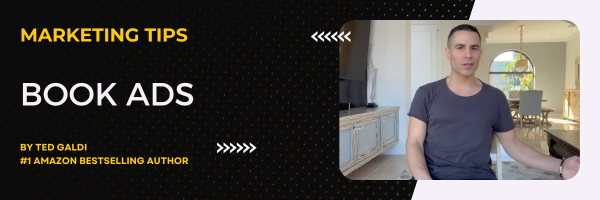


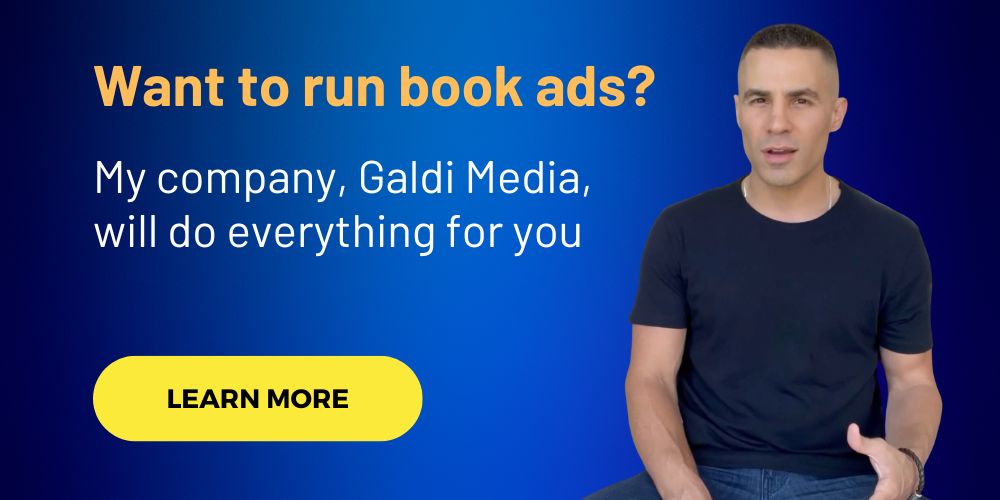
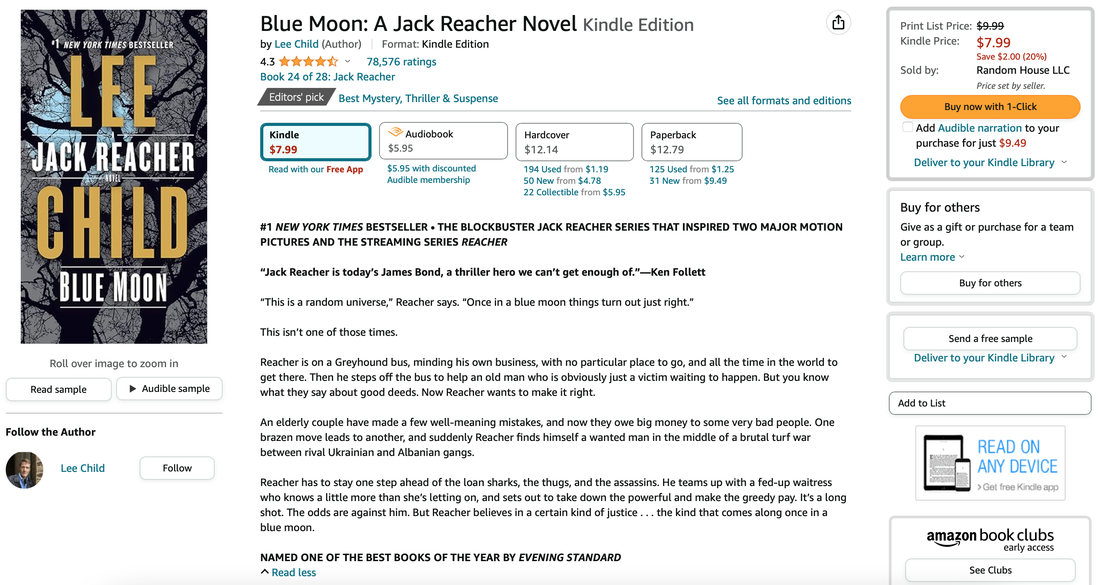
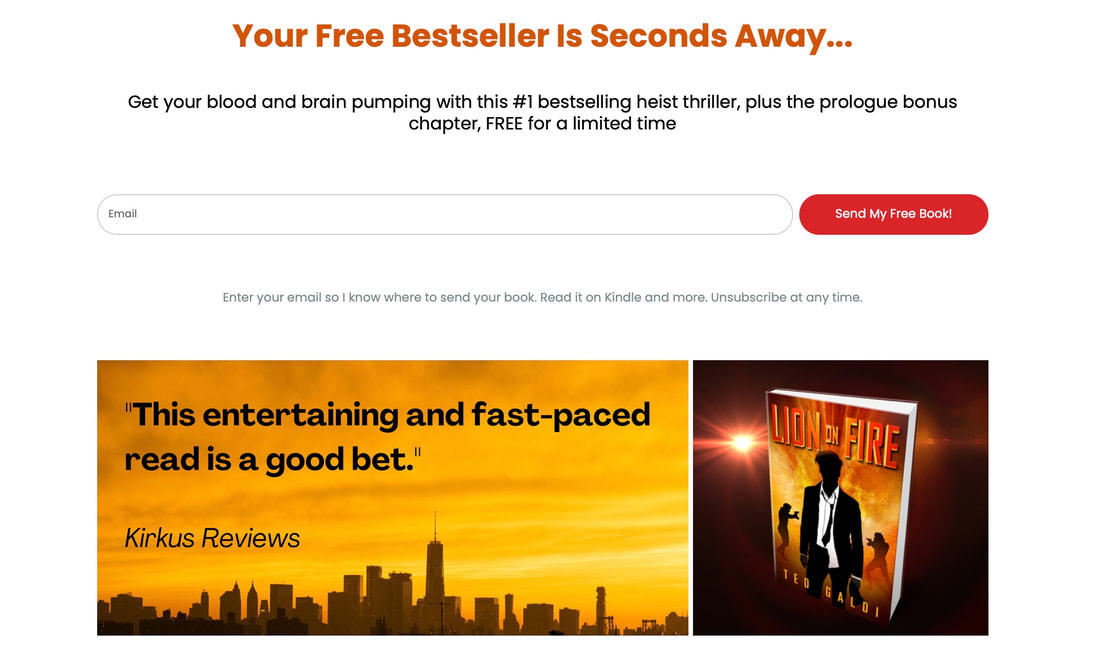
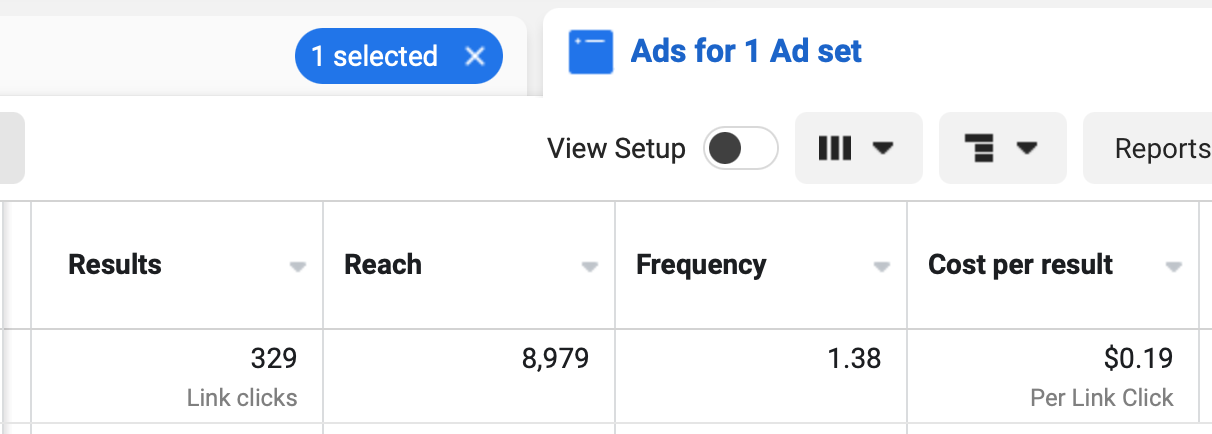
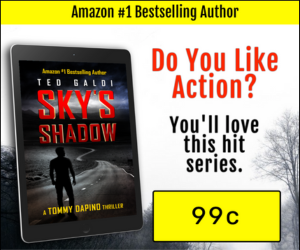
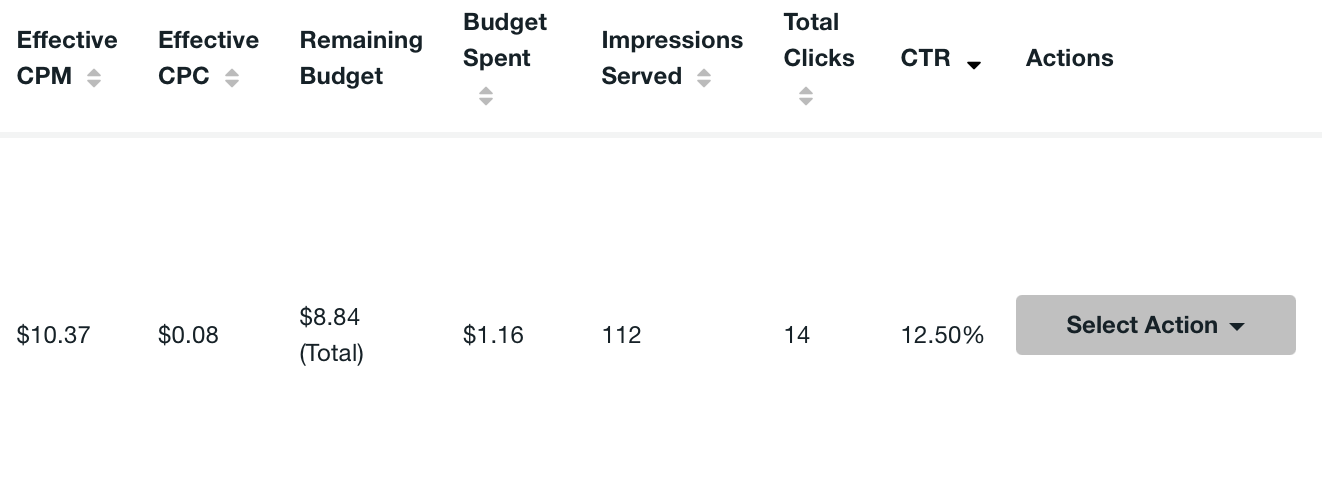
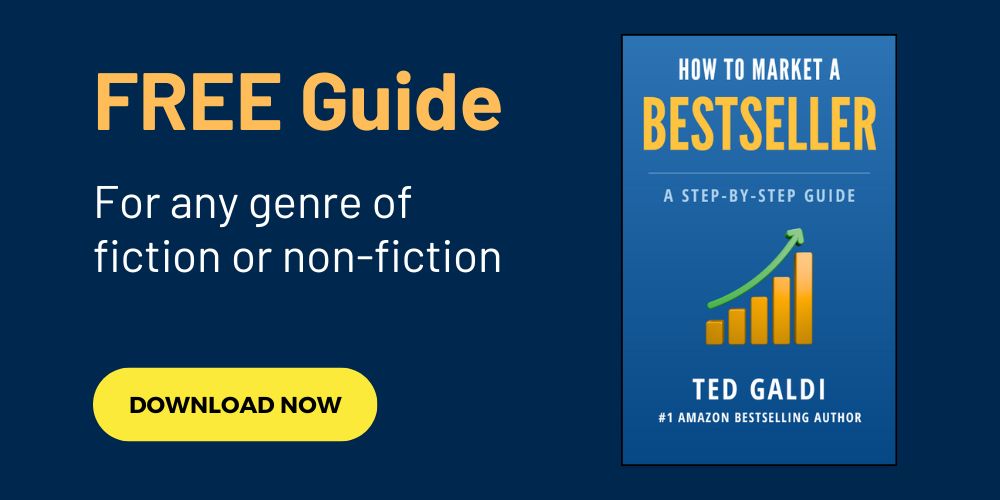
 RSS Feed
RSS Feed